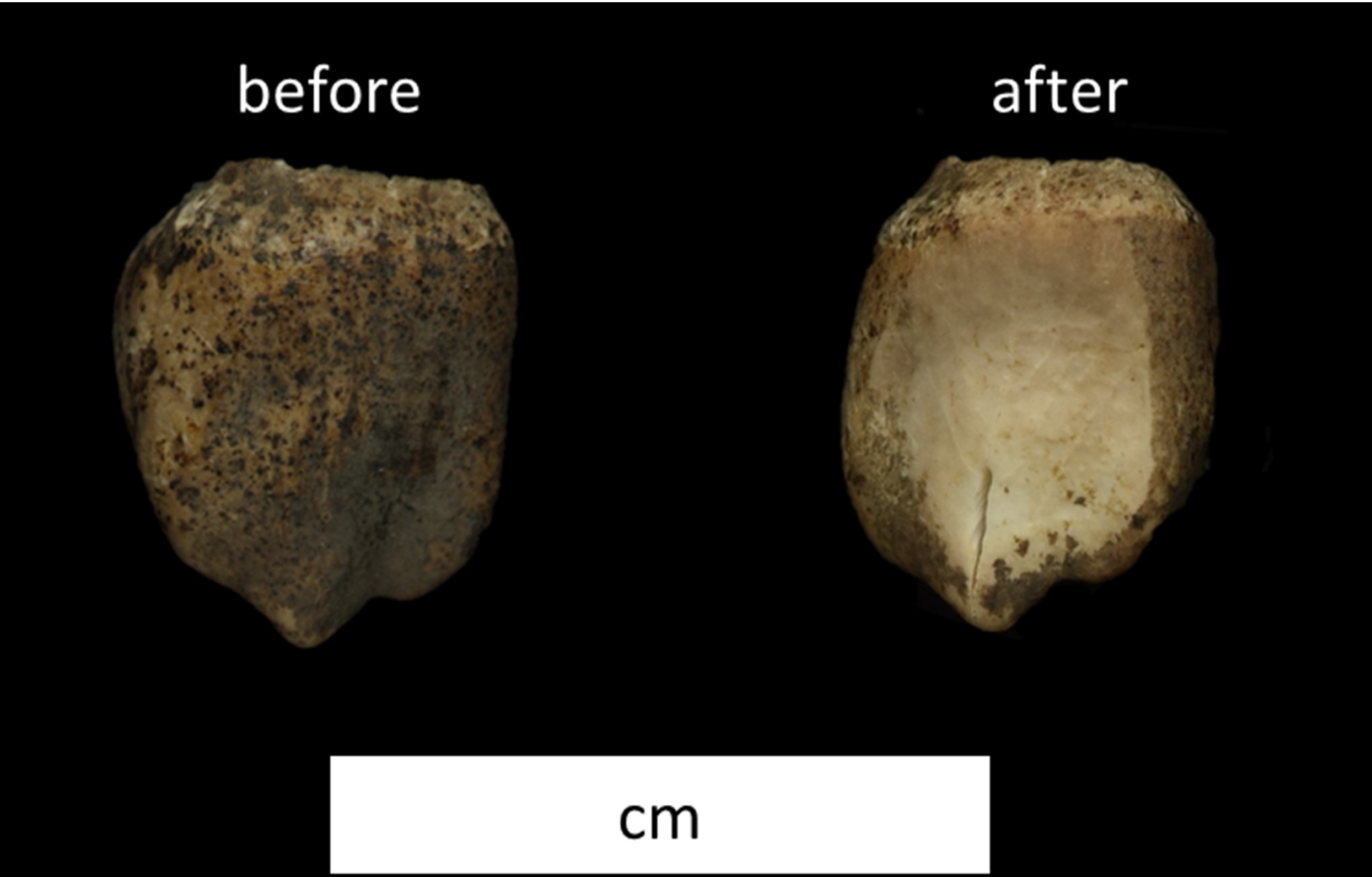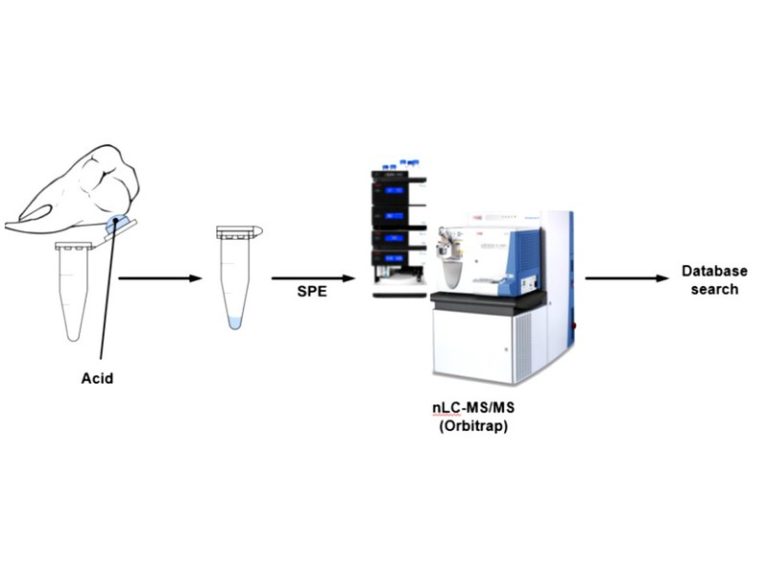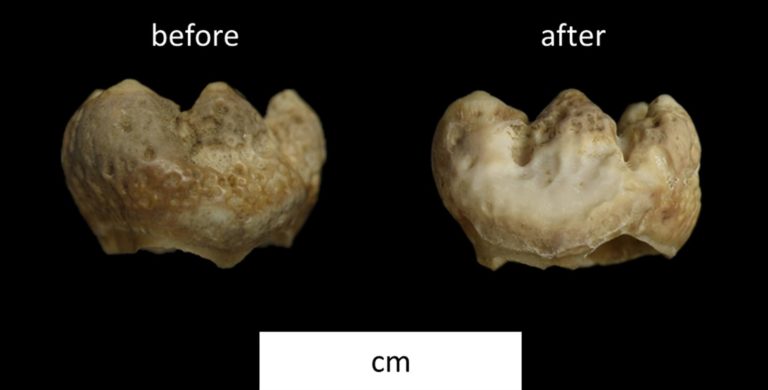Home / History / Archaeology / Forensic Archaeology and Anthropology / Using peptides in tooth enamel to determine sex

Reach your personal and professional goals
Unlock access to hundreds of expert online courses and degrees from top universities and educators to gain accredited qualifications and professional CV-building certificates.
Join over 18 million learners to launch, switch or build upon your career, all at your own pace, across a wide range of topic areas.


 The process of preparing and analysing tooth enamel to determine sex from the amelogenin proteins
The process of preparing and analysing tooth enamel to determine sex from the amelogenin proteins
 Results of the test of the peptide method on individuals of known sex
Results of the test of the peptide method on individuals of known sex
 The tooth crown of an infant that has been sampled for peptides before (left) and after (right)
The tooth crown of an infant that has been sampled for peptides before (left) and after (right)







